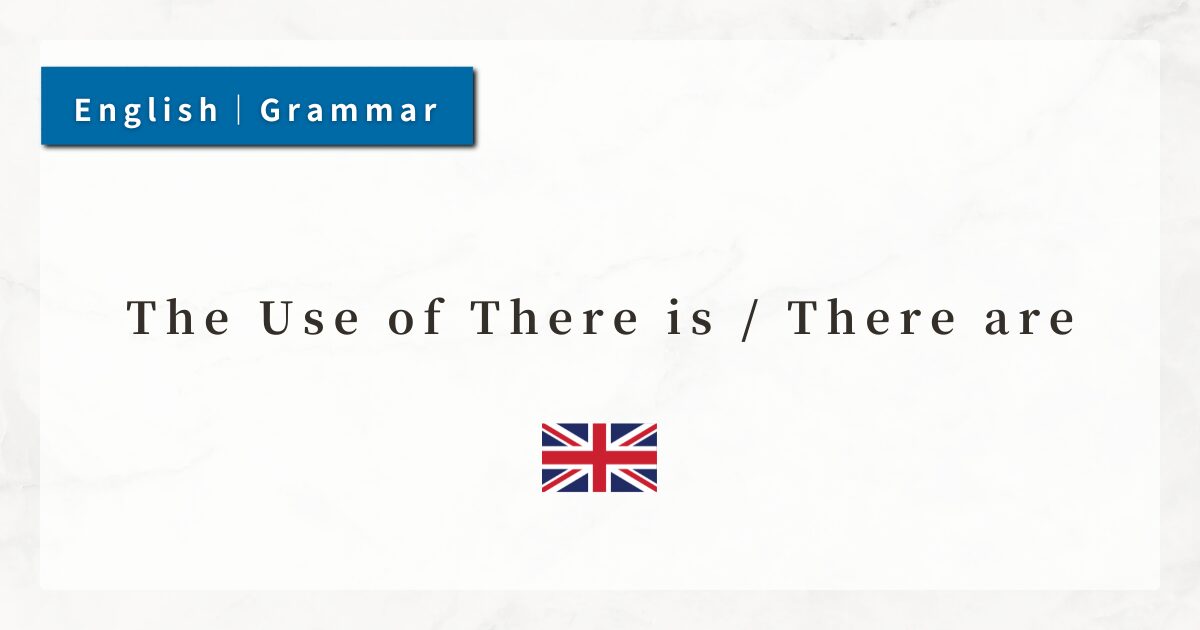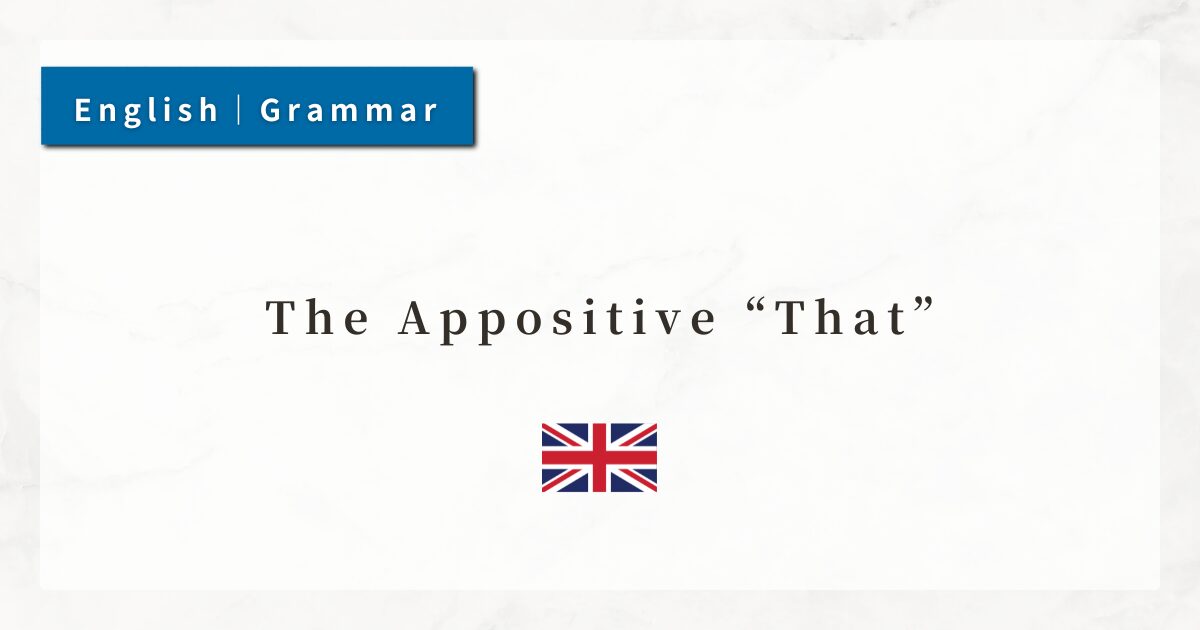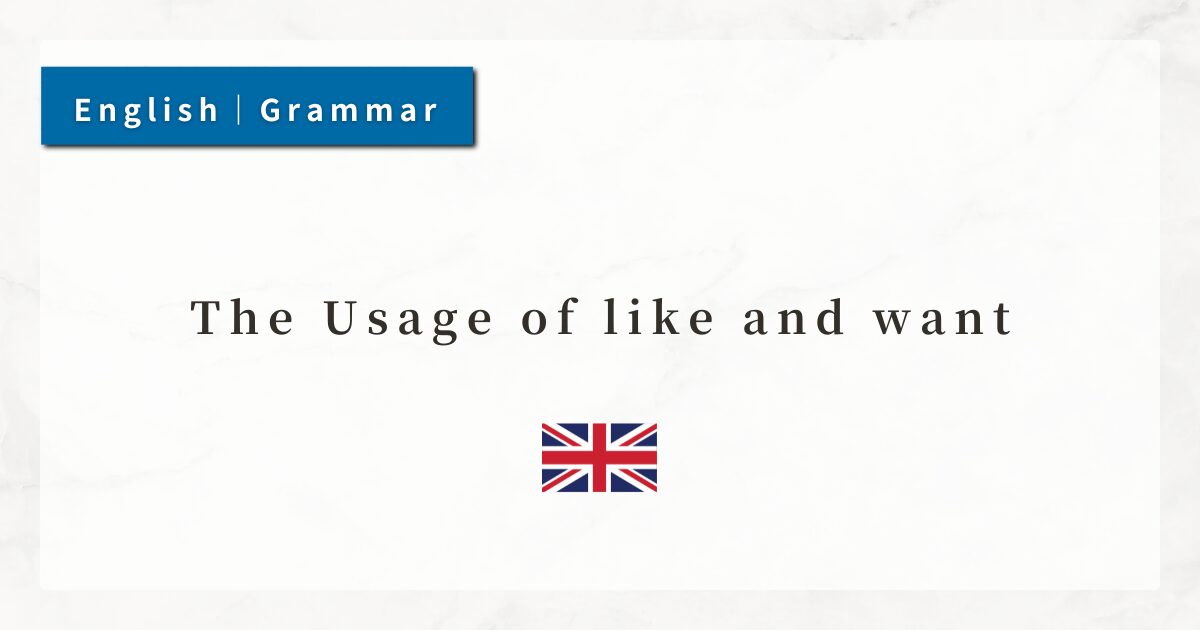#13 The Use of There is / There are|Basic Rules for Expressing Existence

In English, when I want to say “there is” or “there are,” I do not place the subject at the beginning of the sentence. Instead, I use the structure there is / there are.
This expression is very useful when describing the existence of objects or people, and it frequently appears in everyday conversation.
In this lesson, I will explain the basic usage of there is / there are, how the form changes depending on number or type, and how to construct questions and negative sentences.
1. The Structure and Rules of There is / There are
To express existence, English uses the following structures:
- There is + singular noun (or uncountable noun)
- There are + plural noun
Examples:
- There is a book on the desk.
- There are toys in the box.
A key point is that there does not mean “in that place.” Instead, it functions as a formal subject. The true subject is the noun that comes after is or are.
2. Making Affirmative Sentences
When expressing existence, the word order is: There is / There are + noun + place (prepositional phrase)
The verb is / are must agree in number with the noun that follows.
- There is a cat in the room.
- There are five chairs around the table.
The subject of the sentence is a cat or five chairs. There is only a formal subject.
3. Making Questions
To form a question, simply place is or are at the beginning of the sentence. Changing the word order is all that is required.
- Is there a restroom here?
- Are there any questions?
Answers:
- Yes, there is. / No, there isn’t.
- Yes, there are. / No, there aren’t.
4. Making Negative Sentences: Two Patterns
There are two common ways to form negative sentences:
Using not
- There isn’t a computer in the room.
- There aren’t any pencils in the drawer.
Using no + noun
The “no + noun” form conveys a stronger sense of negation.
- There is no milk left.
- There are no buses after 11 p.m.
5. Summary
- There is / There are is the basic structure for saying “there is / there are.”
- Use there is with singular or uncountable nouns; use there are with plural nouns.
- To form questions, move the verb to the beginning: Is there ~? / Are there ~?
- To form negatives, use there isn’t / there aren’t or there is no ~.
- The real subject is the noun that follows is / are, not there.




